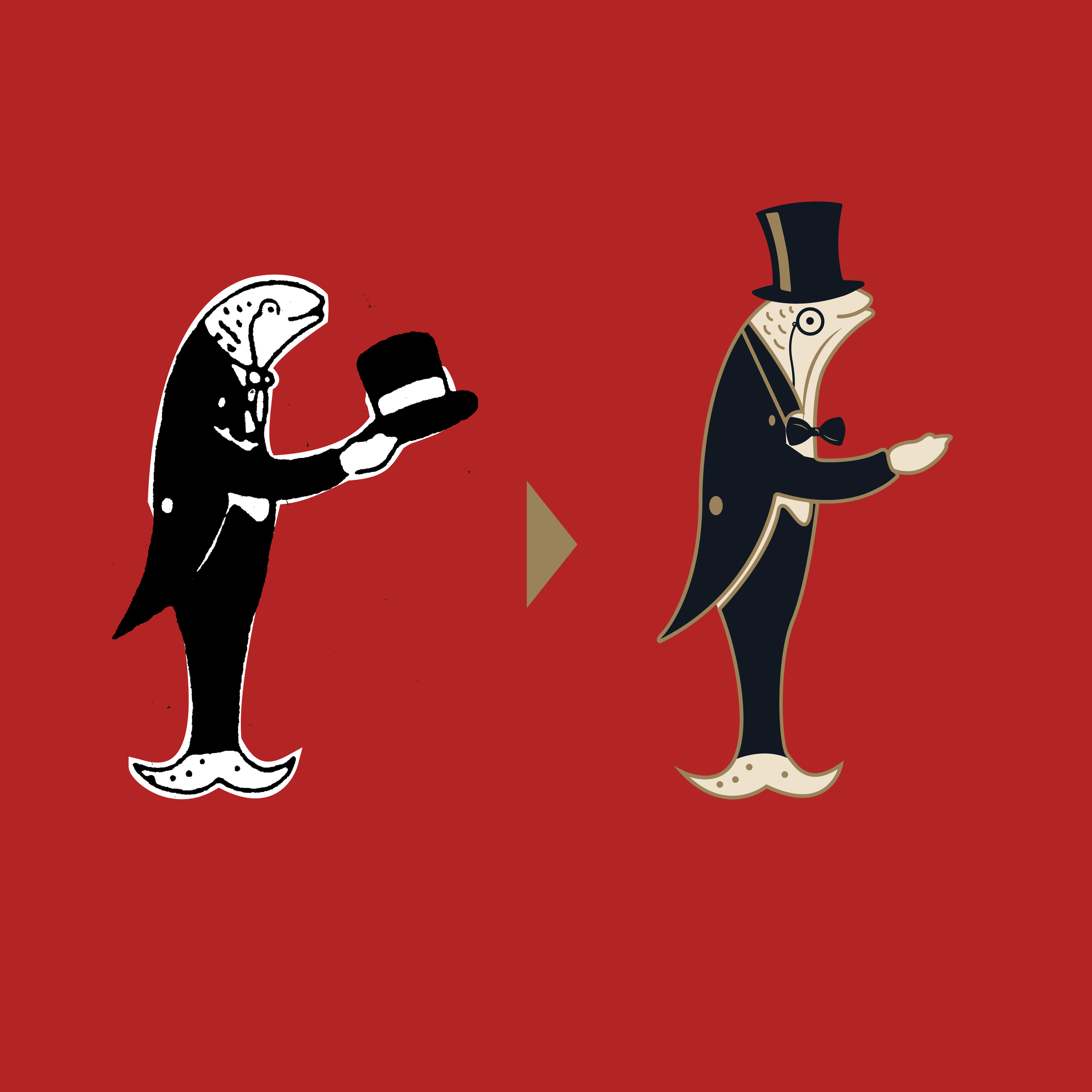Nostalgia is About the Future, Not the Past
Whether you agree or not, the assumption in this headline (and its implications) is a very current topic of discussion for the marketing and design community. Wherever you look, it seems like what’s old is new again. From new CPG brands tapping into collective memories of the past to legacy brands paying homage to their heritage, the nostalgia trend is one that is being seen across CPG verticals.
To manage consumer’s enthusiasm for nostalgia and our client’s response to this interest, Invok has a way of thinking about a brand’s visual equity and an approach to evaluating all elements of a brand, including nostalgia. This approach incorporates a curated visual strategy model as part of our design process, one that relies on a review of iconic and often complex visual heritages from the past, along with insights and cultural influences of the present to ultimately help position brands for the future. It’s an approach that we have taken for countless clients over the years, and along the way, it has helped us develop some of our most iconic work.
To guide these visual strategy and design development programs, we rely on three beliefs:
Every brand identity has traced a unique path: This path, however long or short, has been influenced, since the brand’s inception, by its original identity elements and the decisions that brand management has made regarding their use. All retail package design programs must navigate their unique path to the future and nostalgia is a critical tool.
For new brands that are creating an identity for the first time, perhaps even more than existing ones, they must be sensitive to the historical norms of the category they are entering. The choice then becomes how do they want their new brand to relate to the existing brands in the category, and what “nostalgic” elements they feel they must share with existing legacy brands.
Every brand category has clear and identifiable consumer expectations: These expectations are specific and vary from category to category. Whether it is in the CPG category, health and beauty or alcohol and spirits, each exists in different categories with consumer expectations that are inherent but also constantly changing.
Every brand must identify and leverage its unique visual position relative to their category’s consumer expectations: This is equally true whether it has been in the market for several decades or is a new product innovation or line extension.





